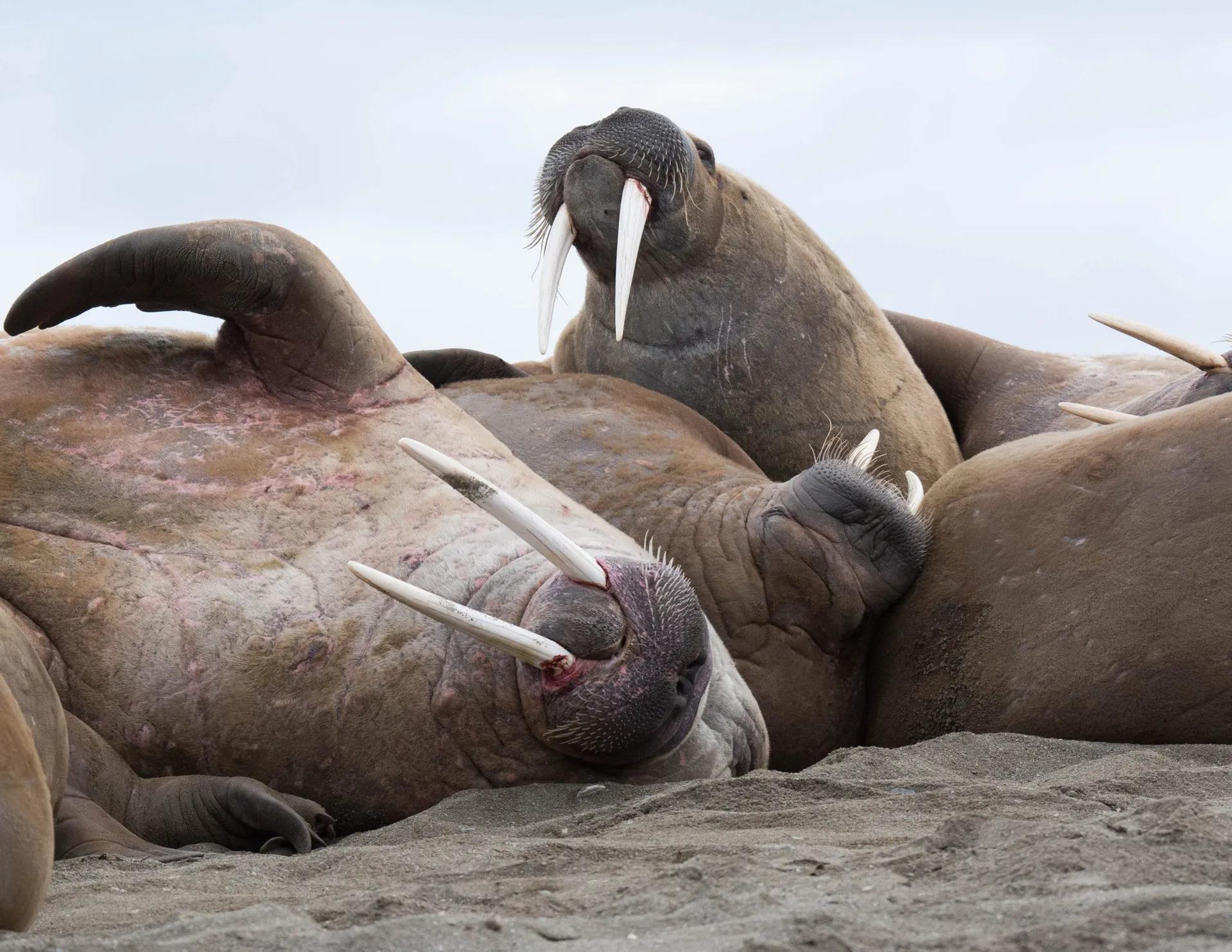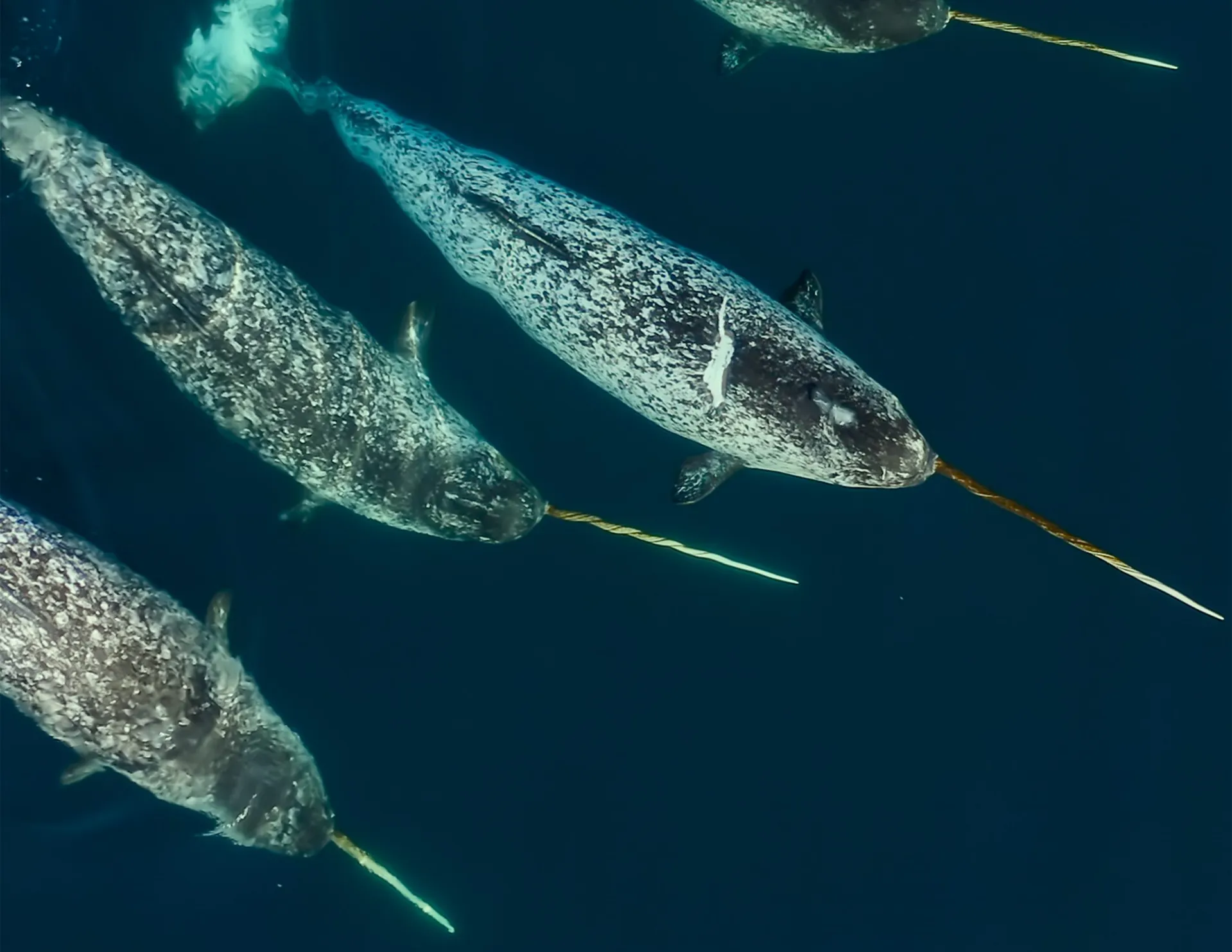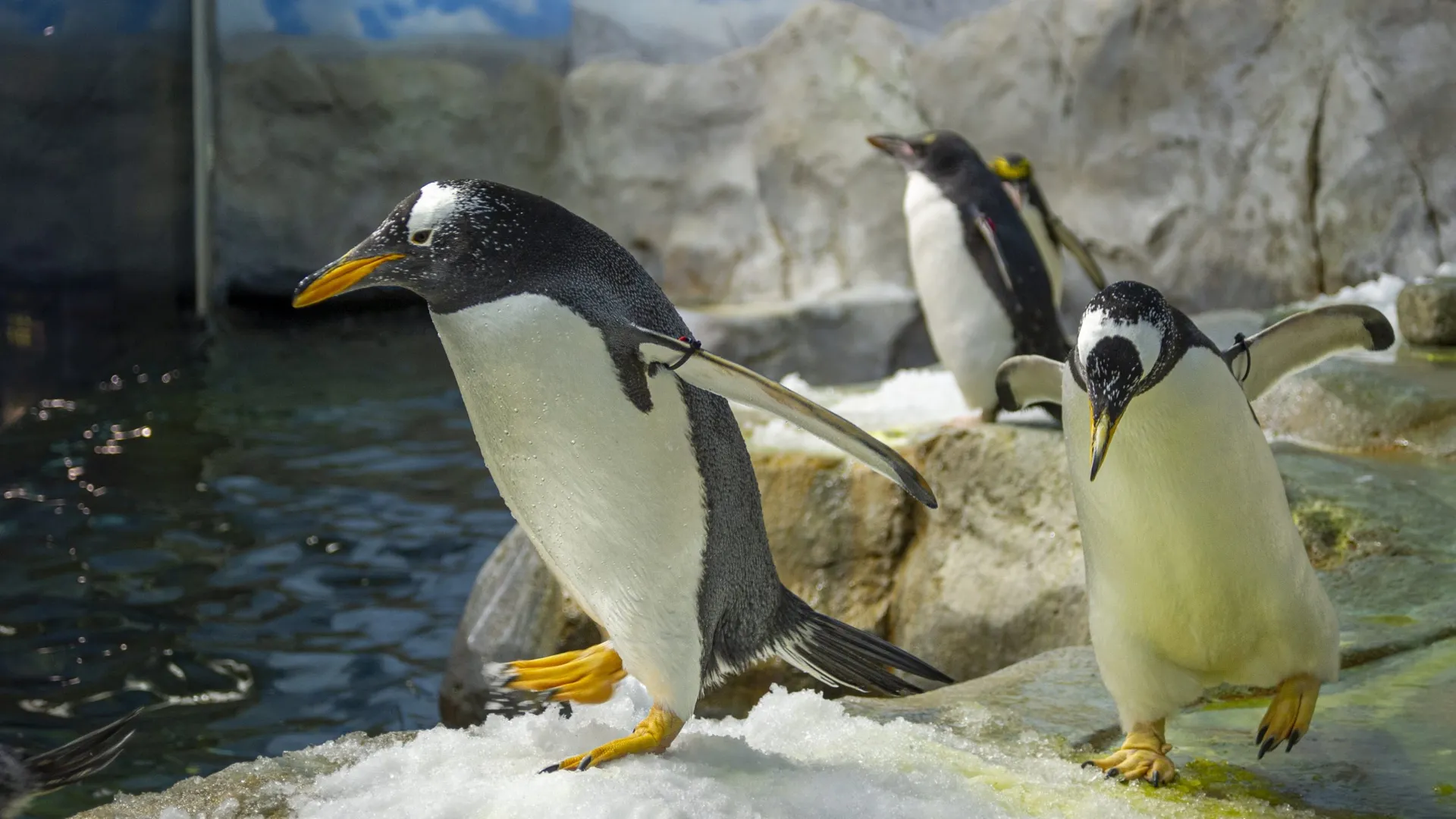Chattanooga, Tenn. (Jan. 12, 2024) – It’s a rare privilege to visit the North or South Pole, but with a cold snap preparing to send the mercury into a nosedive next week, all Chattanoogans will need to do to sample the Arctic experience is crack open a window or step outside.
In the coming days, a meandering, southward bend of the polar jet stream is set to disrupt the polar vortex, the relatively stable pocket of cold air encircling the North Pole. This disturbance will send a mass of frigid air deep into the lower 48, affecting cities as far as south as Atlanta and Dallas.
The arrival of this Arctic visitor is projected to drop temperatures dozens of degrees below their seasonal average. For those who would prefer a more-comfortable way to experience life at the poles, however, the Tennessee Aquarium offers a climate-controlled alternative to braving the deep freeze.
Just in time for the cold snap, the Tennessee Aquarium IMAX 3D Theater today is beginning daily showings of an all-new giant-screen film, The Arctic: Our Frozen Planet 3D. This production by SK Films and BBC Earth whisks viewers to the lands above the Arctic Circle.
Unlike its southerly continental counterpart, the area surrounding the North Pole is comprised of sea ice for most of the year, but viewers will find this sometimes-frozen ocean to be anything but lifeless. The film showcases a bevy of charismatic residents, from Polar Bears and roly-poly Harp Seal to spiral-tusked Narwhal and — shockingly — frozen Bumblebees that safely defrost when conditions warm.
Most of the time, it can be easy to dismiss the Arctic and Antarctic as alien landscapes thousands of miles away with no connection to daily life in the Southeast. As the forthcoming polar surge demonstrates, however, global weather patterns have — as the name suggests — far-reaching impact.
“We often see changes happening in the polar regions and think ‘Out of sight, out of mind. That doesn’t affect me,’ but the Earth’s systems are connected,” says Dr. Marshall Shepherd, a leading international expert whose research focuses on urban climate, hydrometeorological extremes, weather-climate risk, and innovative outreach strategies.
The director of the University of Georgia’s (UGA) Atmospheric Sciences Program, Dr. Shepherd visited the IMAX Theater on Thursday for a special post-film presentation and Q&A to celebrate the launch of The Arctic: Our Frozen Planet 3D.


The fact that Chattanoogans soon will be breathing air that, just days ago, was supplying oxygen to Polar Bears and Harp Seals isn’t surprising in the context of the interconnectedness of Earth’s many systems, Dr. Shepherd explains.
“We know the Arctic region is warming faster than any other region on the planet,” he says. “That has impacts on things like our jet stream patterns, which can affect the weather in Chattanooga or Atlanta. There is a connection between where we live and the Arctic. The changes in the polar regions certainly impact Tennessee.”
Before or after screening The Arctic, guests can brave the brisk conditions to pay a visit to some of the Aquarium’s resident experts on life at the poles.
In the Ocean Journey building, the Aquarium’s colony of Gentoo and Macaroni Penguins are accustomed to life in the frigid expanse of the Antarctic Peninsula and its outlying islands. Thanks to their dense, air-retaining layers of interlocking feathers and fatty blubber, penguins are able to stay warm — and even thrive — in water that’s at or near-freezing temperature.
“One penguin can have 80 feathers per square inch, so on their entire body, we’re talking thousands and thousands of feathers,” says Assistant Curator of Forests Loribeth Lee. “All of these feathers combined keep them warm because feathers are great insulators.”
At the Aquarium, the residents of Penguins’ Rock are more than comfortable in temperatures that are maintained at about 42-43 degrees Fahrenheit, both above and below the water.
Those conditions might not even come close to testing the penguins’ cold-weather adaptations, but in the coming days, even the inside of the gallery might seem comparatively balmy to the weather outside the Aquarium.
On the other — warmer — side of the acrylic, guests can defrost and relax while taking in fascinating behaviors, including:
- Ecstatic displays: Macaroni Penguins bellow out while twisting their heads from side to side. Inside the exhibit, this sound is deafening but is thankfully much quieter from the visitor side of the gallery.
- Porpoising: Gentoos — the world’s fastest penguin species — can rocket through and, briefly, out of the water at speeds in excess of 20 miles per hour. These showy, rainbow-like arches above the surface allow them to take quick breaths while covering long distances quickly.
To view a screening schedule at the IMAX 3D Theater or purchase advance tickets for The Arctic: Our Frozen Planet 3D, visit tnaqua.org/imax
Want to check in on the activity in the Penguins’ Rock gallery from home? View an always-live webcam of the Gentoo and Macaroni Penguins at tnaqua.org/live/penguins-rock/
